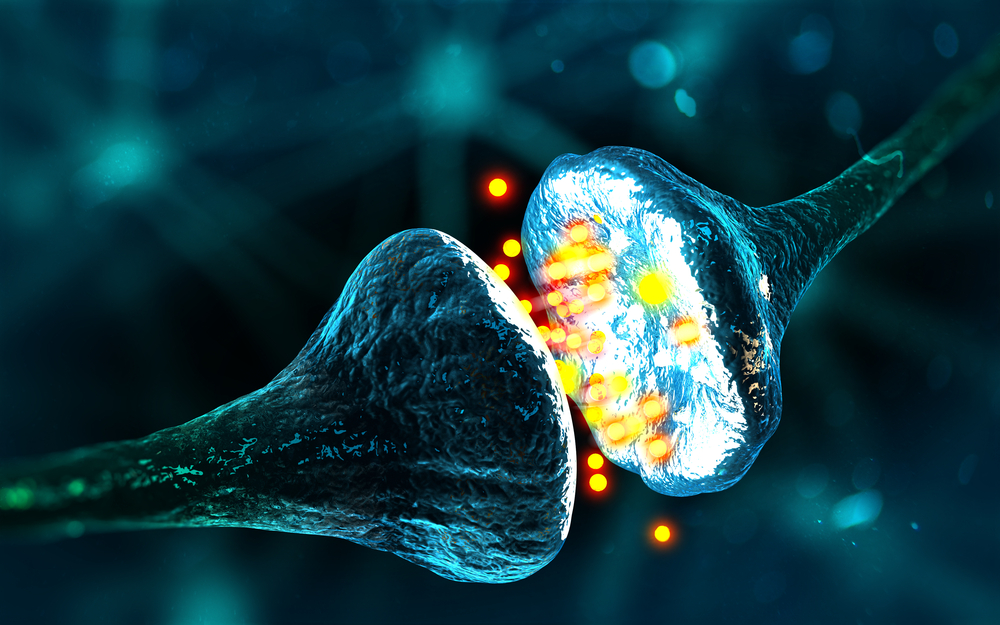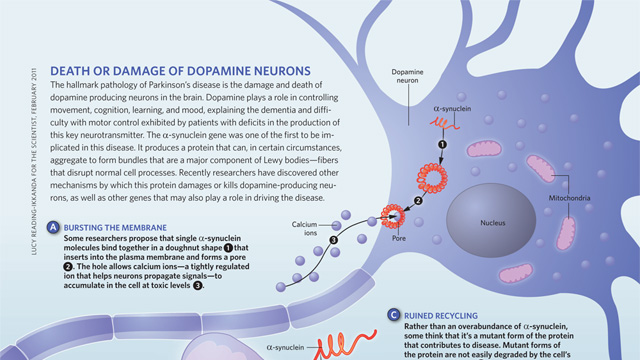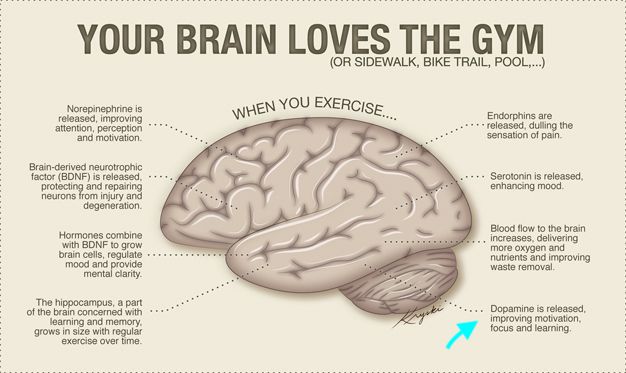
Parkinson’s disease (PD), as mentioned in this author’s previous posts, is the second most common neurodegenerative disorder where neurons that make the neurotransmitter dopamine, responsible for human movement, are destroyed.1,2Such a multisystem disorder, by necessity, requires a multifaceted approach in managing its underlying causes and physical manifestations. One particularly appealing low-risk and low-cost intervention is exercise. Thus, the following will consider said approach and its effects upon managing PD.

Sacheli et al3 stated that exercise induced improvements in non-motor and motor manifestations of PD to include improved clinical outcomes, improved cognitive/executive function, in addition to reduced apathy and depression. Of particular interest is the potential beneficial effects upon the dopaminergic system; the origin of PD and associated manifestations of the same.1(1892) Sacheli et al3(1892) postulated that exercise may exert its effects by up-regulating dopamine receptors, thereby facilitating non-motor and motor improvements.

Exercise, particularly one of an aerobic nature, has also been shown to enhance vasculature within the brain in addition to increasing neurotrophic (relating to the growth of neural tissue) signaling and neurogenesis (production of neuronal cells).1(1892) Such assertions have been supported by analysis of PD via neuroimaging which indicated improved white matter integrity along the temporal brain and pre-frontal cortex regions.1(1892) Finally, exercise enhanced social interactions which increased well-being and quality of life.1(1892)

Sacheli et al3(1892) conducted a study which sought to elucidate the effects of exercise and dopamine on dorsal and ventral striatal activity; regions of the brain that interact with dopamine. The study included 35 participants aged 45-80 years of age with mild/moderate idiopathic (unknown cause) PD who were randomly assigned to an experimental group (using aerobic exercise) or a control group (seated and standing stretching only).1(1892) Both groups met with the researchers 3 days a week for 12 weeks. The experimental group engaged in 30-50 minutes of cycling at 60-80% VO2 max.1(1892)

Results indicated, via MRI/fMRI scans, that after 3 months of aerobic exercise there was increased transcranial magnetic stimulation (rTMS) evoked dopamine release (a way of stimulating endogenous dopamine) in the caudate (c-shaped structure in the brain) and greater activation of the ventral striatum in anticipation of reward; such was not observed after 3 months of stretching.1(1898) Ultimately, the research of Sacheli et al3(1899) suggests that aerobic exercise enhances dopaminergic function; a process that is otherwise compromised amongst individuals with PD.

In conclusion, PD is the second most common neurodegenerative disorder where neurons that make the neurotransmitter dopamine, responsible for human movement, are destroyed. Such a multisystem disorder, by necessity, requires a multifaceted approach in managing its underlying causes and physical manifestations. One intervention, as part of a larger protocol, could be the implementation of low-cost/low-risk aerobic exercise as little as 3 days a week at low to moderate intensities. Such an approach would likely improve dopamine function, mood, apathy, depression, and overall quality of life.
References
1. Ricci M, Lazzaro GD, Pisani A. Assessment of motor impairments in early untreated Parkinson’s disease patients: The wearable electronics impact. IEEE J Biomed Health. 2020;24(1):120-130. doi:10.1109/JBHI.2019.2903627.
2. Kohlstadt I. Advancing Medicine with Food and Nutrients. 2nd ed. London, NY: CRC Press; 2012.
3. Sacheli MA, Neva JL, Lakani B, et al. Exercise increases caudate dopamine release and ventral striatal activation in Parkinson’s disease. Mov Disord. 34(12):1891-1899. doi: 10.1002/mds.27865.
-Michael McIsaac
